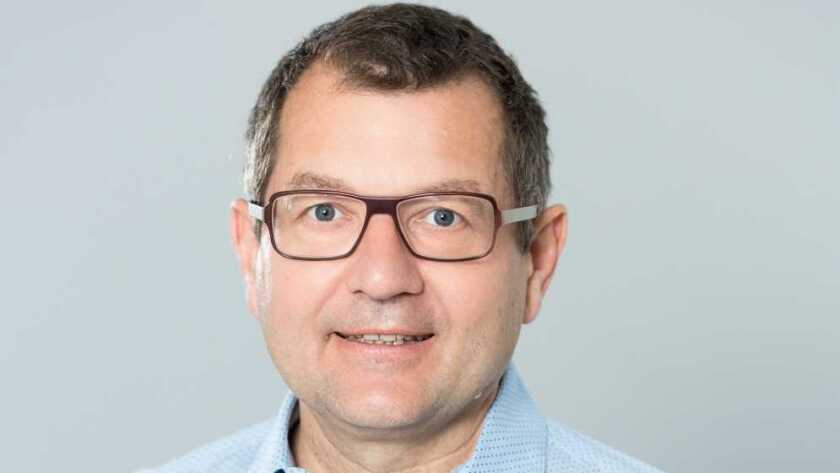Q1. What is unique about the EllaLink cable route between Europe and Latam? And how will it enable onward connectivity to Asia?
EllaLink is an optical platform combining an optical terrestrial network with a unique four-fiber pair system that provides fast, direct access between Points of Presence (PoP) in Europe and Latin America via a shorter, new and unique path. Our system has been specifically designed to offer reduced latency between major hubs in São Paulo, Lisbon/Sines, Madrid and Marseille. Amazing improvements in Round Trip Delay (RTD), of up to 50%, are possible between Europe and Latin America.
The EllaLink extension to Marseille creates a unique corridor to connect Asia with Latin America as a mirror of the global economy transformation. The EllaLink route perfectly fits in with the recent increase in trading relations between Brazil, the most economically dynamic country of LATAM, and the EU, and also with China and the whole Asian continent. The latest data shows that in 2017, Brazilian exports’ main destination was China (22%), then the EU (20%), and finally the USA (11%). The Asian part on the global trade is set to grow and with EllaLink route, this continent will be able to connect their data centres, to Latam through Marseille.
Q2. Last year, EllaLink partnered Global Parques to launch a tech hub in Sines. Are there any new developments in this region?
Sines is the hottest place to land future submarine cable in the Atlantic Southern Europe region and it is ideal for data centre expansion, with affordable land, plenty of high tension power lines and reliable and diverse backhaul routes to Lisbon and Madrid.
At the beginning of this month (April) the EllaLink Cable Landing Station construction has started after having all its operational permits granted. The land preparation of the plot is progressing well and we will soon welcome the components of the station delivered by truck.
By installing multiple HDD pipes our objective is to encourage other systems to land in Sines and foster the creation of a new data centre park. . It should also be noted that 2 x 50MW solar plants are under development locally and feed green power into our subsea systems and data centers
Q3. As we know, EllaLink is one of the few open and neutral subsea systems. What are benefits of building in this way?
EllaLink is a privately funded and an independent company. The option of being completely open and carrier neutral is at our core business and guarantees that our interests are entirely aligned with that of our customers, anchor tenants and partners. Data Security was previously touted as a key reason for the cable, with communications between Brazil and the EU currently routed through North America. The question of United States’ dominance in matters of Atlantic Ocean submarine cable affairs came to the fore in 2013, after a series of damaging revelations by whistle-blower Edward Snowden, a former NSA contractor, brought to light the extent of the agency’s surveillance operations.
Q4. How has the EllaLink cable been designed to manage the growing demands for capacity and latency?
Latency is the driver of the digital world and we are improving the ride for a combined market of over 1.2 billion people. With EllaLink, Portugal will be at less than 60ms from Brazil, and Marseille at less than 120ms from São Paulo.
EllaLink state-of-the-art technology is initially offering 72Tbps of capacity over four fibre pairs and a dramatic decrease in latency (by the order of magnitude of 50%) between Europe and Brazil thanks to a very direct route design. This will facilitate the reduction in Round Trip Delay between the two continents resulting in a big impact on the global IP market and on the enterprise IT delivery model. The EllaLink system also removes the need for European users to reach Latin America via North America, and in doing so creates improved predictability of performance because only one cable system is traversed to reach the end point instead of two (or sometimes more). Software platforms are very sensitive to transmission delays and this limitation has forced providers to deploy their applications in data centres close to their end users.
Q5. Last we spoke, EllaLink had a tentative RFS date of 2020, is the project still on track to meet this timeline?
The EllaLink system is at the moment following its schedule. The landing sites in Fortaleza (Brazil) and Sines (Portugal) have been secured, the marine survey is complete, the cable manufacturing has reached 50% completion, the permits are on track and the system load and lay is planned to this summer. We will launch our commercial offering very soon as well. We are monitoring closely the evolving COVID-19 outbreak and we can state that the EllaLink project is advancing without major reported delays, with some parts progressing well and other ones facing more challenges.
The next stages of the COVID-19 situation are still unknown.For now we continue to operate business as usual and we advise our customers and financial partners on regular basis.





